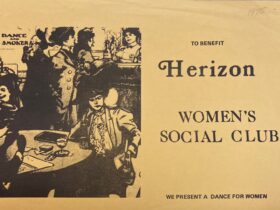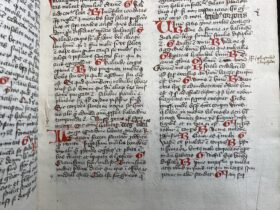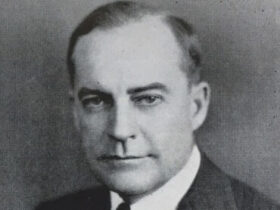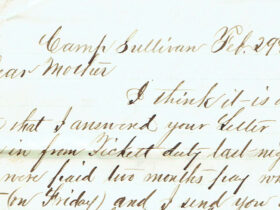
Today we celebrate World Theatre Day! And who better to celebrate with than the incomparable Max Reinhardt whose spectacular, theatrical productions played a leading role in establishing the director as the key figure in theatrical production and an artistic coordinator whose vision could guide every aspect of the production. This together with his innovative use of new theater technology and experimentation with theater spaces and locales, redefined traditional relationships between actor and audience toward a new participatory theater.
Born Maximilian Goldman in 1873 in Baden near Vienna he began his career as a aspiring actor in Vienna and Salzburg. In 1890, he gave his debut on a private stage in Vienna with the artist’s name Max Reinhardt (possibly after the protagonist Reinhard Werner in Theodor Storm’s novella Immensee) and was invited to perform in 1894 at the Deutsches Theater in Berlin where he gained critical acclaim. In 1901, he and other theater colleagues founded the Schall und Rauch (“Sound and Smoke”) cabaret in Berlin, later re-opened as Kleines Theater. By the time he was chosen to head the Deutsches Theater in 1905, he had firmly established his reputation as a director and went on to co-found the Salzburg Frestival in 1920.
Forced by the Nazi government to relinquish his German theaters in 1933, Reinhardt traveled to England and then to America. In 1934 he staged A Midsummer Night’s Dream at the Hollywood Bowl and directed a film version for Warner Brothers Studios in 1935. Dividing his time between the East and West coasts, his activities included a Hollywood workshop for stage, screen and radio, a California Festival based on the Salzburg model, several unrealized film projects and the beginnings of a repertory theater in New York. Reinhardt died in New York City at the age of seventy in 1943.
Binghamton University is home to the Max Reinhardt Collection, the largest collection of books and manuscripts dealing with the work of Reinhardt in North and South America. It contains 15,000 books from Reinhardt’s personal library and over 10,000 manuscripts, letters, photographs, programs, critical reviews, directorial promptbooks and other supporting materials.
To see the Max Reinhardt Collection and learn more about this legendary figure in theater history, visit Special Collections. We are located on the second floor of the Bartle Library (off of the North Reading Room).





